20 GPTs for Forecasting Powered by AI for Free of 2026
AI GPTs for Forecasting are advanced generative pre-trained transformers designed to specialize in forecasting tasks. These tools leverage the power of machine learning to analyze historical data and predict future trends and outcomes. By understanding patterns and dependencies in data, they offer tailored solutions for a wide range of forecasting applications, from financial market predictions to weather forecasting. Their relevance lies in their ability to provide accurate, data-driven forecasts, thereby aiding decision-making processes across various industries.
Top 10 GPTs for Forecasting are: Regression Pro,Time Series Expert,Your CFO,Student of Operations and Supply Chain Management,Business Statistics Calculator,QuickyBooks Wizard AI,DowJones Stocks Pro,Fun with Weather,MBA Operational Finance,📊 OptimizePrime: OR Analyst GPT
Regression Pro
Empower Decisions with AI-Powered Regression
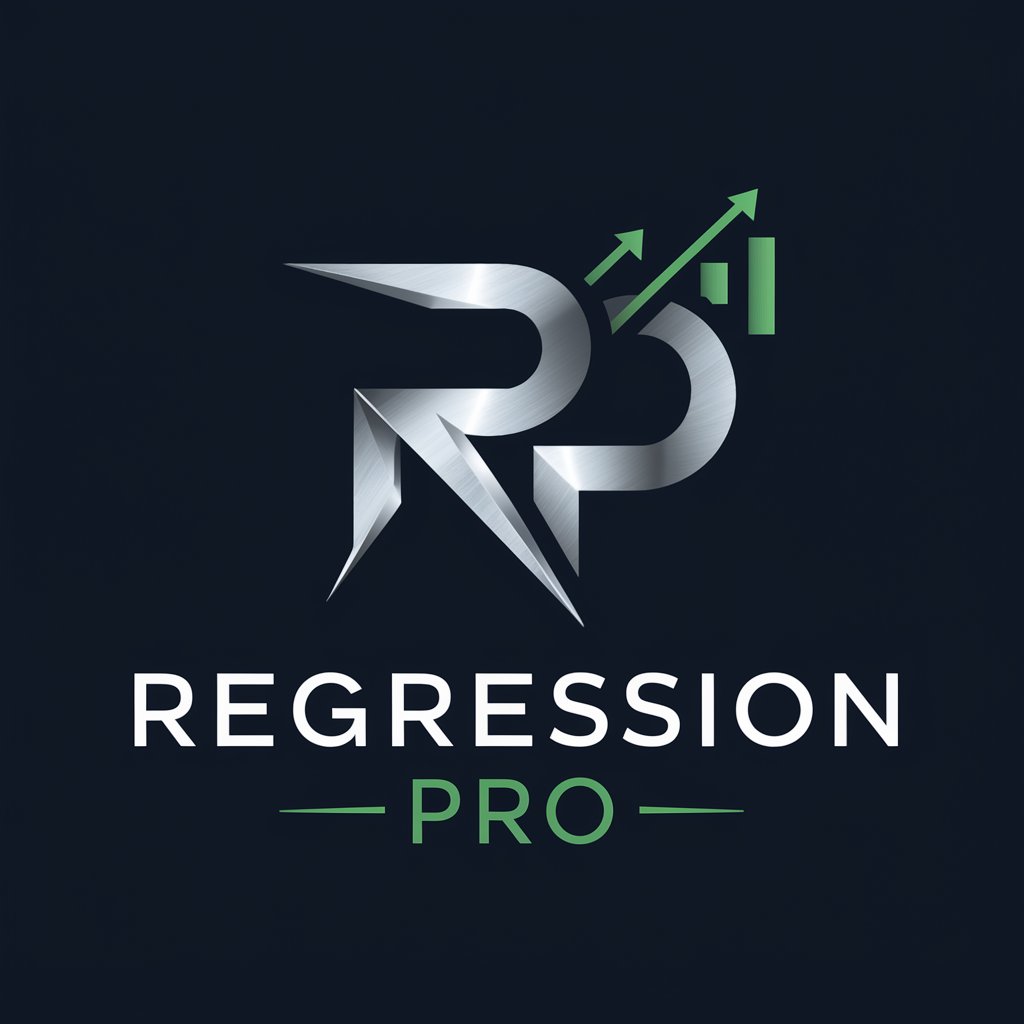
Time Series Expert
Empowering Time Series Analysis with AI Insights
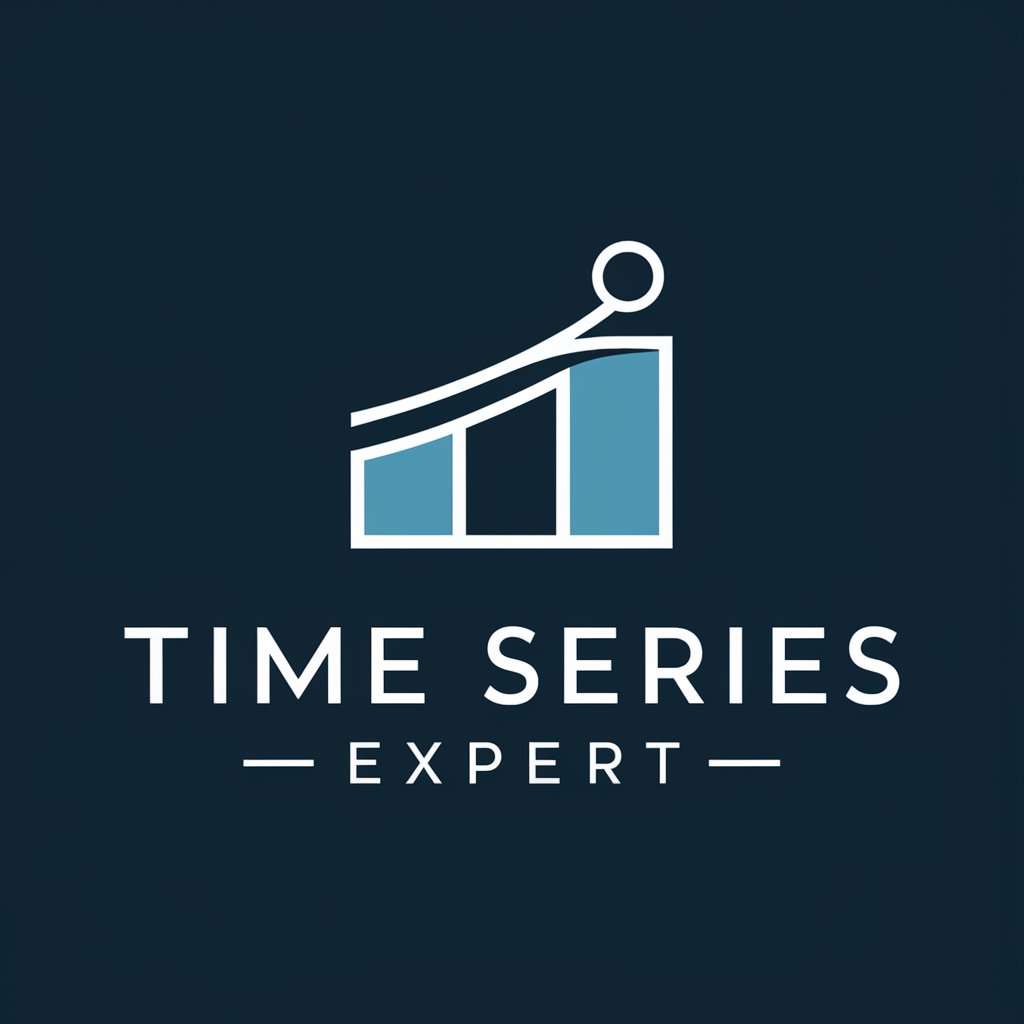
Your CFO
AI-powered financial strategizing for your business.
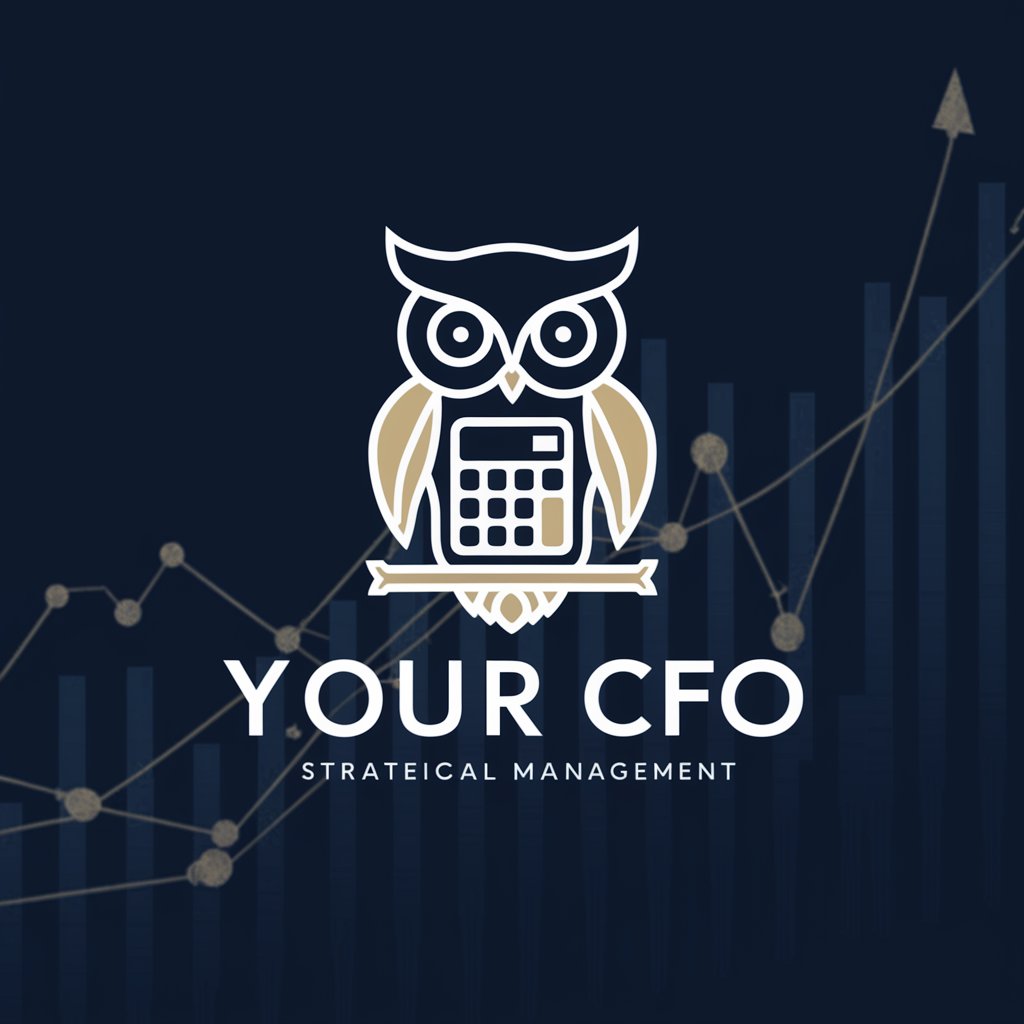
Student of Operations and Supply Chain Management
AI-powered tool for operations students.

Business Statistics Calculator
AI-powered business statistics made easy
QuickyBooks Wizard AI
Optimize Your Finances with AI
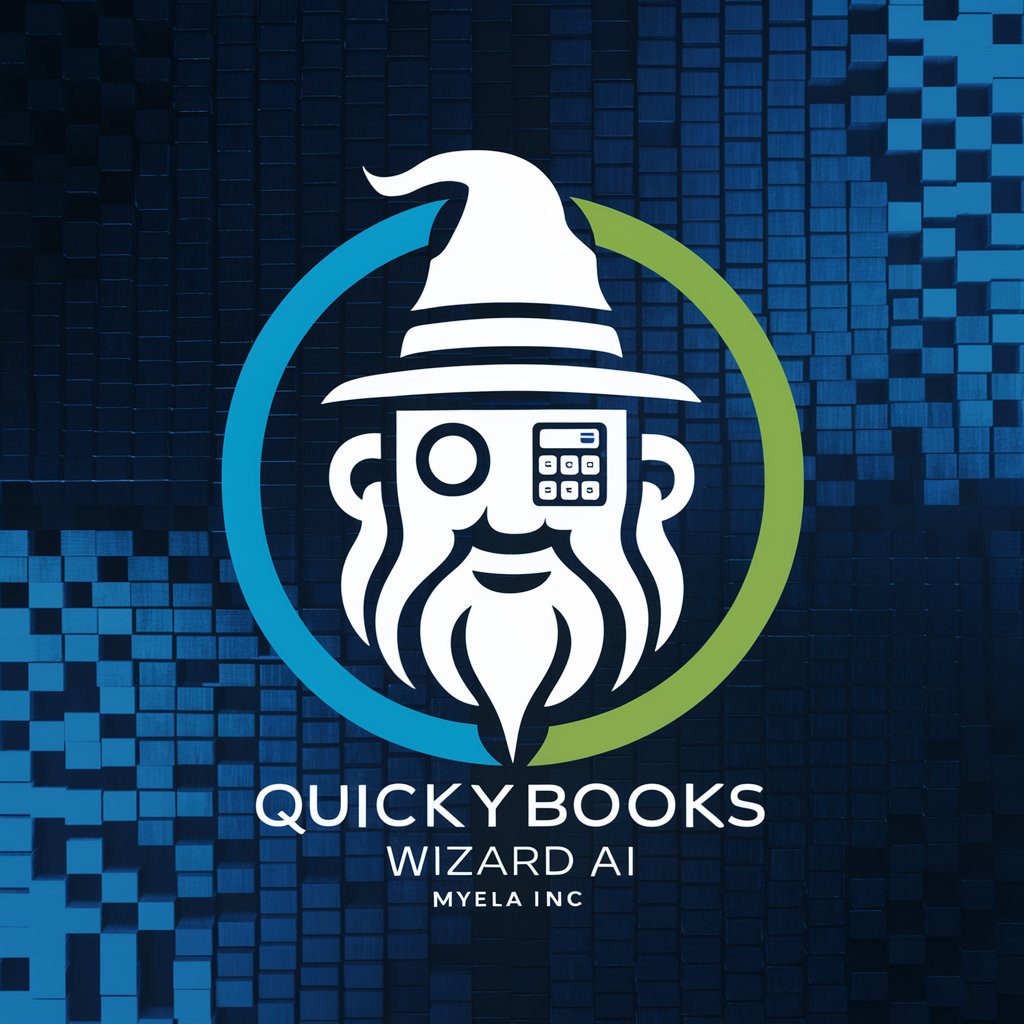
DowJones Stocks Pro
Empower Your Investments with AI Insights
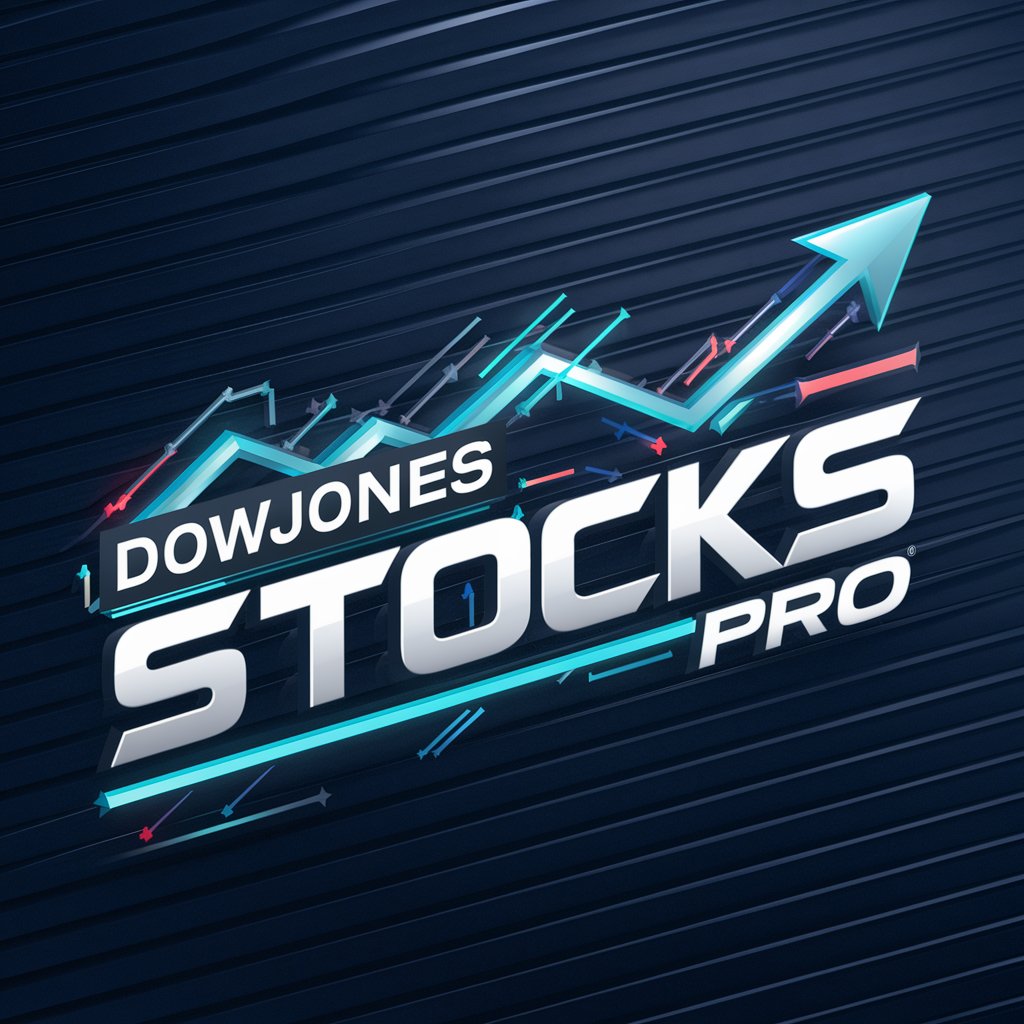
Fun with Weather
Bringing Weather to Life with AI

MBA Operational Finance
Empowering Financial Decisions with AI

📊 OptimizePrime: OR Analyst GPT
AI-powered Operations Research Optimization
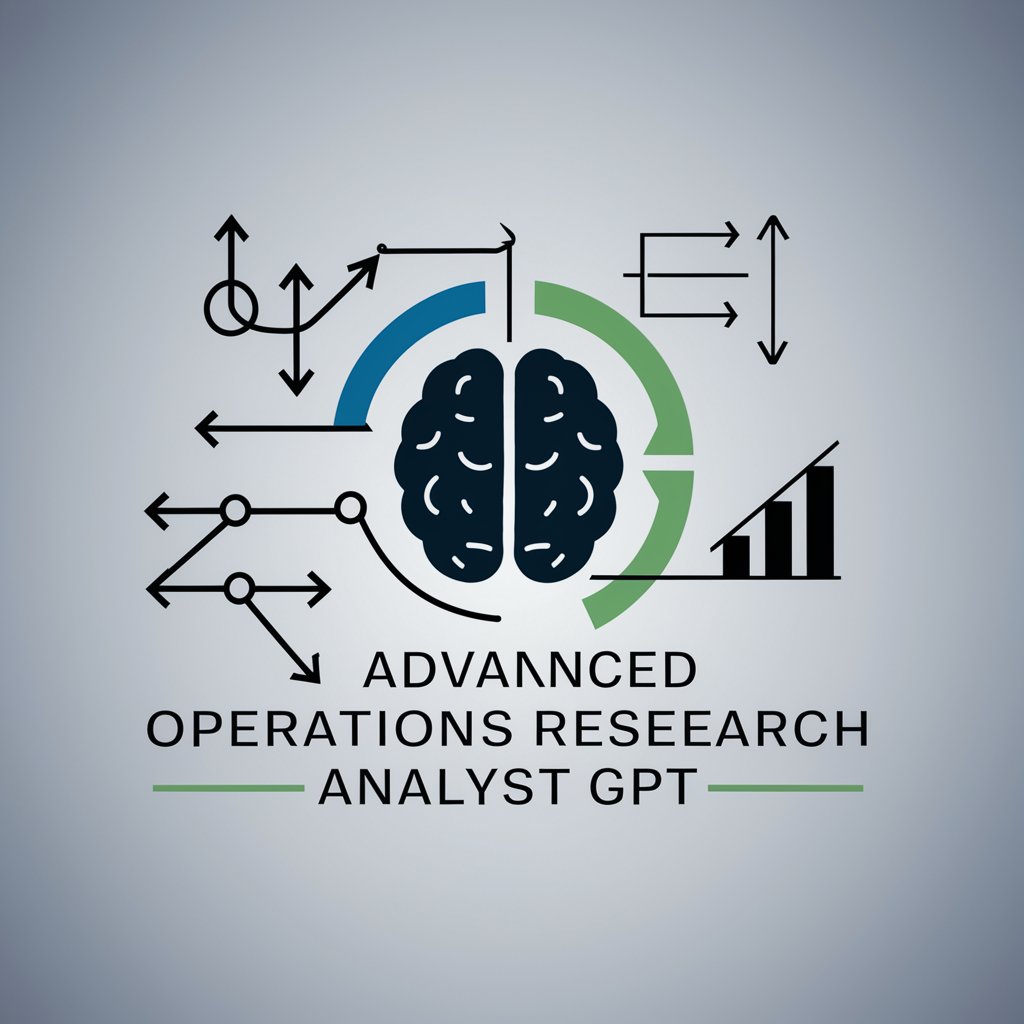
《梅花易数》
AI-powered Ancient Chinese Wisdom

Bayes Predictor
Predict with Precision, Decide with Confidence
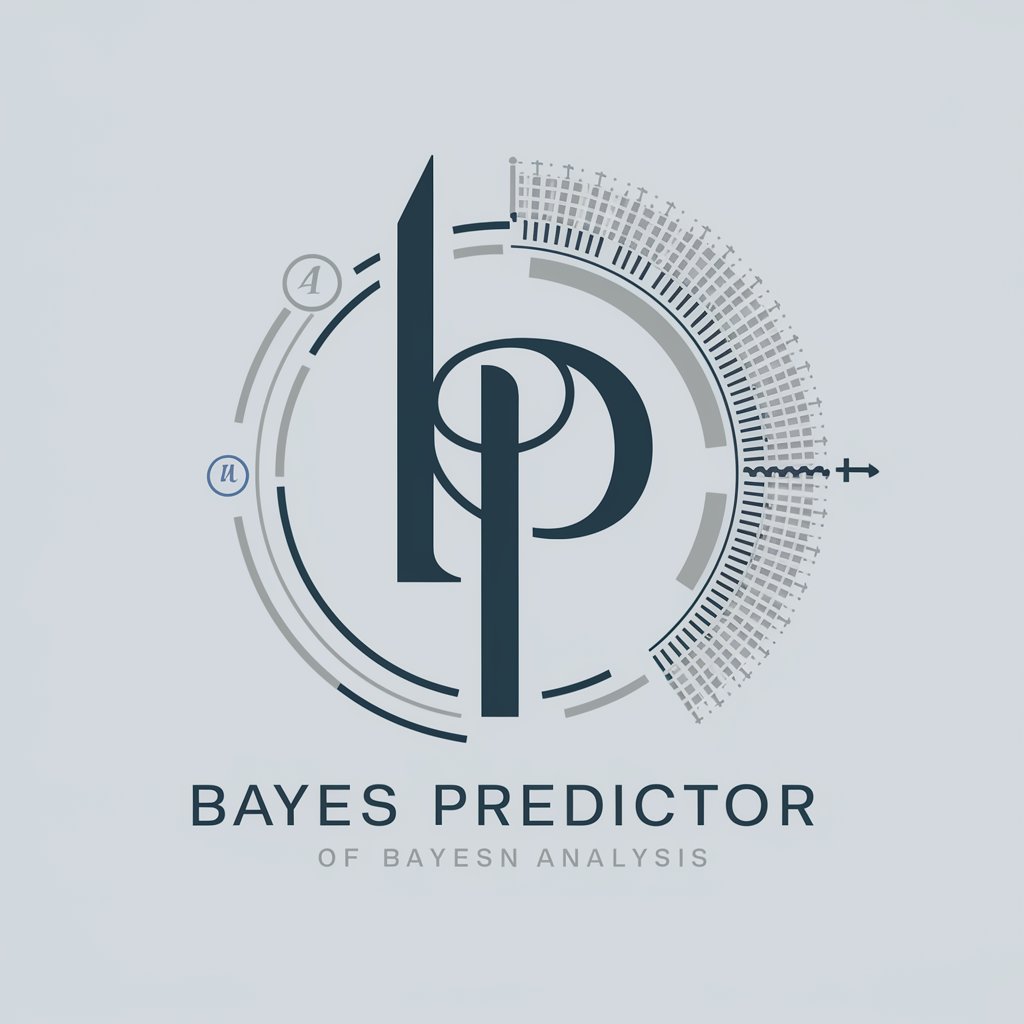
📊Data Insight Wizard🔍
Unlock insights with AI-driven analysis
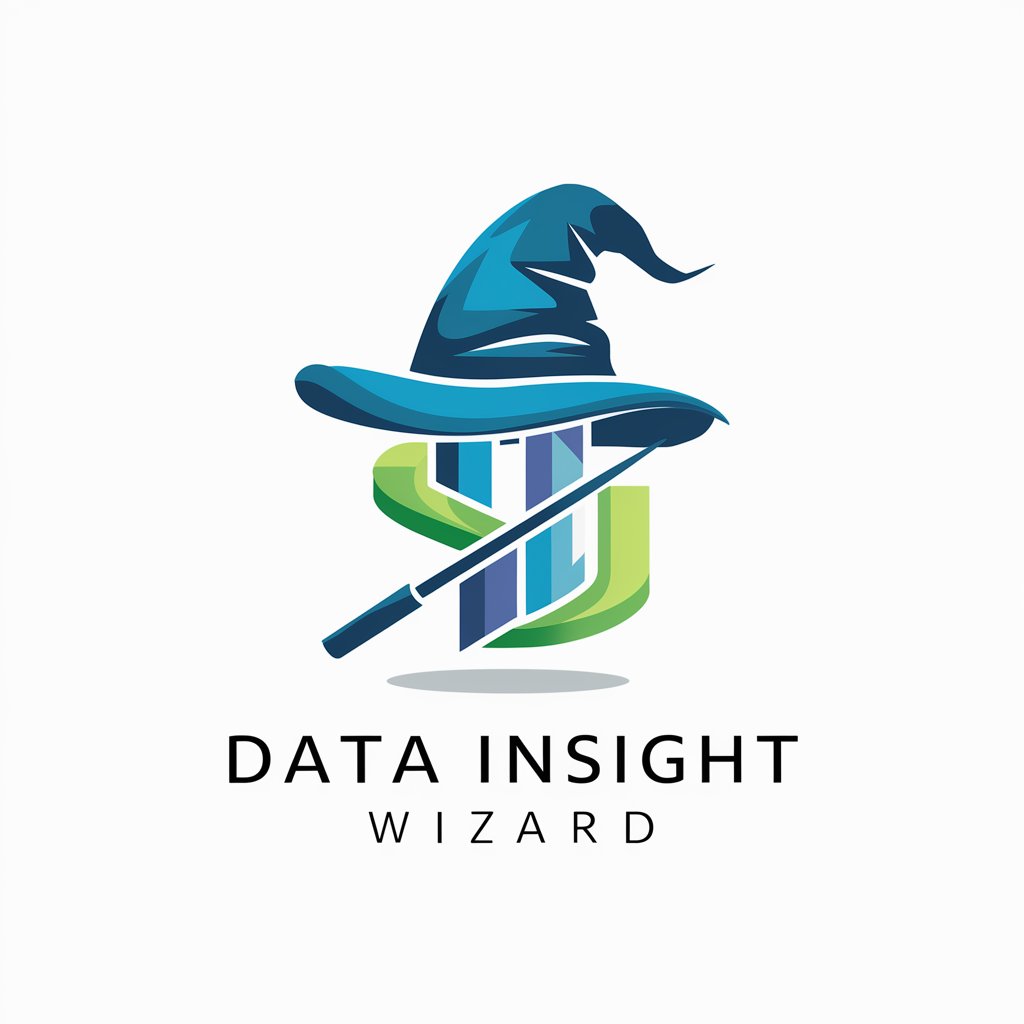
Prophet Optimizer
AI-powered forecasting made simple
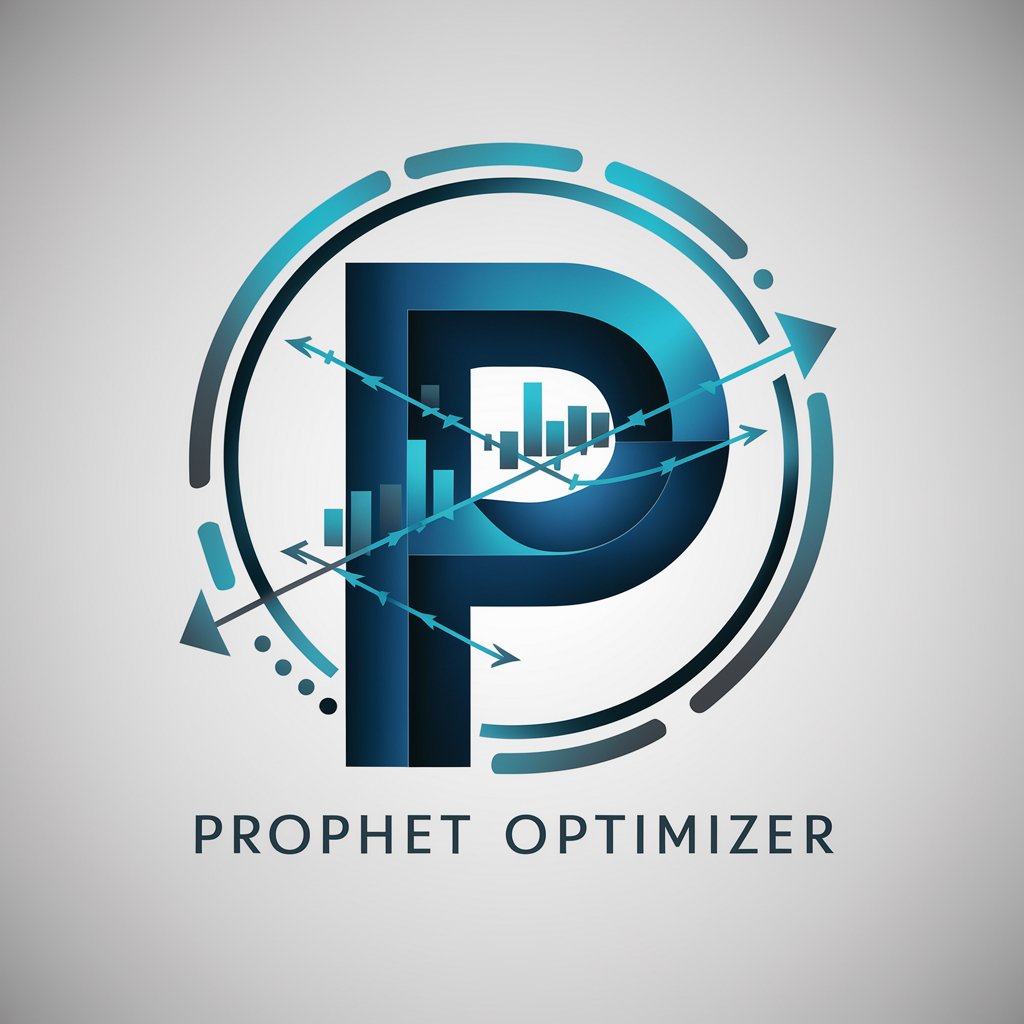
Surf Bro
Ride the Waves Smarter with AI-Powered Surf Forecasts
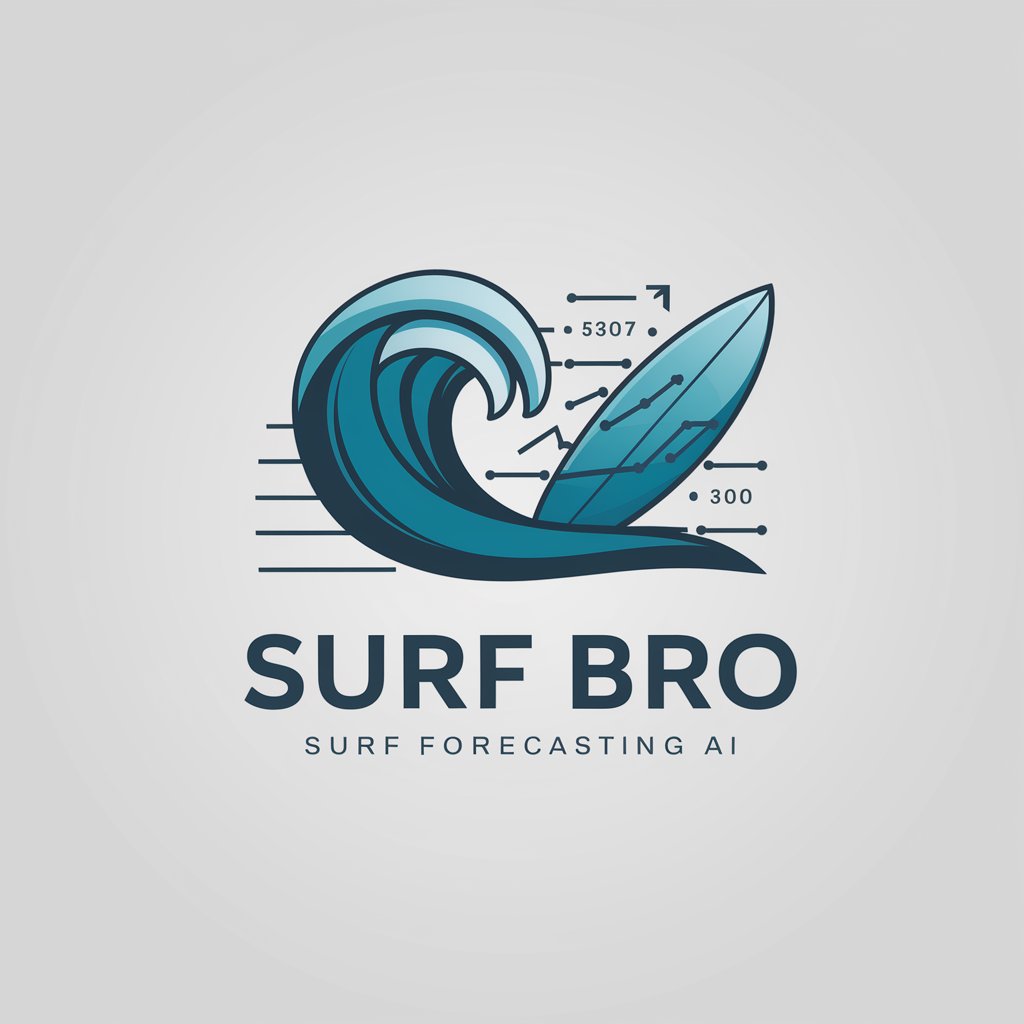
Futurist AI
Empowering Future Exploration with AI Insights
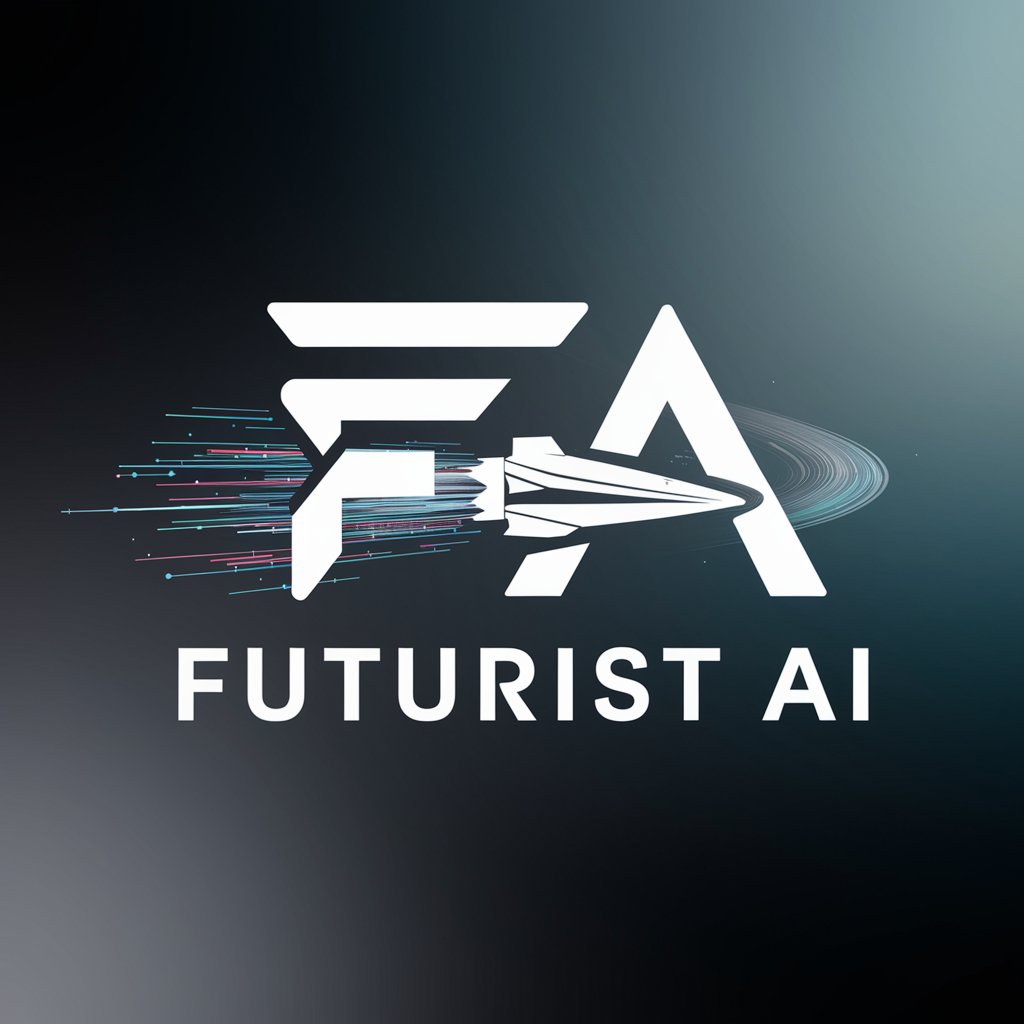
D boy 迪博威
Empowering Decisions with AI

Inventory Pro
Streamlining Inventory with AI

PatientFlowAI
Optimizing healthcare efficiency with AI
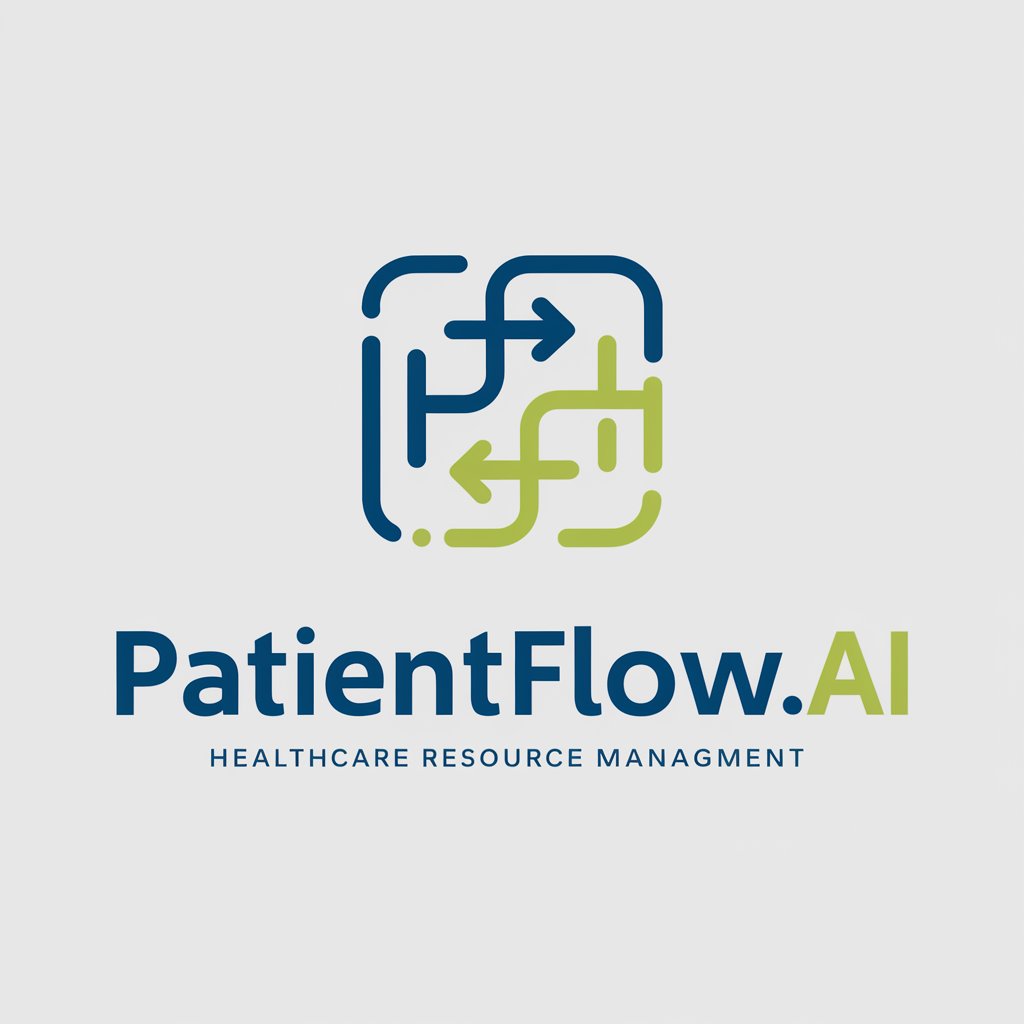
Econometrics Expert
AI-Driven Econometric Analysis

Essential Attributes of Forecasting GPTs
AI GPTs for Forecasting are distinguished by their adaptability, precision, and the breadth of their applications. Key features include the ability to process and analyze large datasets, learn from historical trends to make accurate predictions, and adapt to different forecasting needs. These tools can handle tasks ranging from simple trend analysis to complex, multivariate forecasting models. Special features may include real-time data processing, integration with external databases for live updates, and the capability to generate human-like explanations of their forecasts.
Who Benefits from Forecasting GPTs
The primary users of AI GPTs for Forecasting include industry professionals, data analysts, financial experts, and weather forecasters. These tools are also highly beneficial for novices and enthusiasts interested in data science and forecasting, providing an accessible platform to engage with advanced predictive models. Developers can leverage these tools for creating custom forecasting applications, benefiting from the flexibility and customization options available.
Try Our other AI GPTs tools for Free
Hyperparameter Tuning
Discover how AI GPTs for Hyperparameter Tuning streamline the optimization of machine learning models, making complex processes efficient and accessible to all.
Book Identification
Explore AI GPTs for Book Identification: advanced tools designed to revolutionize the way we find, analyze, and understand books. Perfect for enthusiasts and professionals alike.
Reading Enthusiasts
Discover how AI GPTs for Reading Enthusiasts revolutionize the reading experience with tailored book recommendations, literary analysis, and support for language learning and research.
Cataloging
Discover how AI GPTs for Cataloging are revolutionizing data organization, making it more efficient and accessible. Perfect for professionals and novices alike.
Outdoor Education
Discover how AI GPTs for Outdoor Education transform learning outside the classroom with tailored, interactive tools for a deeper environmental connection.
Camping Guide
Discover the future of outdoor adventures with AI GPTs for Camping Guide, your personalized assistant for planning, learning, and enjoying camping like never before.
Further Understanding of Forecasting GPTs
AI GPTs for Forecasting revolutionize how predictions are made, offering scalable, efficient, and accurate forecasting solutions across industries. They facilitate a deeper understanding of data patterns and forecast reliability. With user-friendly interfaces, they also integrate seamlessly into existing workflows, empowering users with or without technical backgrounds to leverage advanced forecasting capabilities.
Frequently Asked Questions
What exactly are AI GPTs for Forecasting?
AI GPTs for Forecasting are machine learning models that specialize in predicting future events and trends based on historical data.
How do these tools make predictions?
They analyze patterns in historical data, learning from past outcomes to forecast future events with a high degree of accuracy.
Can GPTs for Forecasting adapt to different industries?
Yes, these tools are highly adaptable and can be customized to suit the forecasting needs of various sectors, including finance, healthcare, and climate science.
Are these tools accessible to individuals without programming skills?
Absolutely. Many GPTs for Forecasting offer user-friendly interfaces that require no coding knowledge to make accurate forecasts.
How can developers customize these GPT tools?
Developers can access APIs and development kits to integrate and tailor the GPTs for specific forecasting tasks or to embed them into existing applications.
What distinguishes GPTs for Forecasting from traditional forecasting models?
GPTs offer superior adaptability, can handle larger datasets, and provide more accurate predictions by learning complex patterns that traditional models might overlook.
Can these tools process real-time data for forecasting?
Yes, many GPTs are designed to integrate with real-time data streams, allowing them to update forecasts based on the latest information.
What are the potential applications of forecasting GPTs?
They are used in a wide range of applications, including financial market analysis, supply chain management, weather prediction, and even in healthcare for predicting disease outbreaks.